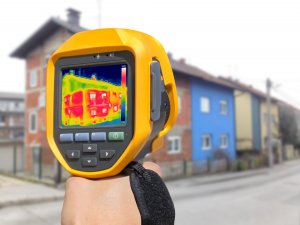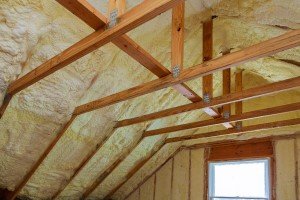Sign-In or Create an Account to find your purchasing solution
Become a registered Edgetech partner to start using our latest insulating technology in your glazing systems.
Tel: +44 02476 639931
Email: ukenquiries@edgetechig.com
Orders: ukorders@edgetechig.com
With huge investments being planned in the renewable energy sector, it is now the Green potential of existing homes which needs to be tackled. The government’s flagship Green Homes Grant programme has recently been scrapped following complaints of accessibility issues and too much bureaucratic complexity and the cost of upgrading an existing home to meet carbon zero standards is currently too expensive for many households to consider. There must then be a shared responsibility between homeowners and government to meet these targets.
Carbon zero homes produce as much energy as they use. Carbon neutrality is achieved when the energy used by a property is offset by the energy which is produced. Renewable energy production and usage is integral to a zero-carbon home, as is insulation. Using low energy appliances and lighting is also an important part of a low carbon home.
It is important to remember that the carbon emissions involved in constructing a new-build home often outweigh the achieved zero carbon status. The sourcing and processing of raw materials and construction of a new building will create carbon emissions which will take years to offset against the energy efficiency standards of a new home. Conversely, a zero-carbon retrofit will create far lower levels of carbon emissions with a similar end result.
There are four main areas of focus when retrofitting for a zero-carbon home. Although each of these areas are worthwhile projects to improve a property’s energy efficiency performance, it is when they are combined that the building’s performance is truly optimised.
When these improvements are made, a homeowner will see a great reduction in energy usage and although there may initially be considerable financial outlay, in the long-run, significant savings can be made on reduced energy bills. Below, we will focus on how insulation and airtightness can be easily improved to boost your home’s performance.
 Insulation and airtightness
Insulation and airtightnessInsulating your home is one of the most important steps towards achieving a zero-carbon home. According to the Energy Saving Trust around 25% of a property’s heat is lost through poor roof insulation while 35% of heat is lost through the walls. Poorly performing windows and doors account for a further 10% of heat loss.
Loft insulation is relatively inexpensive and easy to install. Experts recommend that loft insulation should be as thick as twelve inches to optimise heat retention. For most properties built after the 1930s, cavity wall insulation is an excellent option and can significantly improve thermal performance through a simple insulation injection process. For older properties with no wall cavity, internal or external insulation such as cladding will be required. This is more expensive and more challenging to install but will have equal performance benefits.
Modern double and triple glazed sealed units can have a dramatic impact on a property’s thermal performance capacity. When you replace old poorly performing glazing with modern ‘A’ rated alternatives, you will reduce heat loss, improve acoustic insulation, and lower energy usage. Modern windows feature multi-chambered frames which are designed to trap heat inside a building. They are also filled with an inert gas such as Argon between the glass panes which further helps to reduce heat escaping through the window.
To maximise the performance of your replacement glazing, Edgetech have developed a range of products which are designed to improve thermal performance by reducing heat loss through your windows. Edgetech spacers are incorporated into the window’s design during the manufacturing process. Edgetech spacer bars are fitted between the glass panes of a window’s sealed unit. Made using low conductivity materials, they can significantly reduce heat loss, prevent condensation, and lower exterior noise penetration.
If you’re interested in finding out more about how Edgetech products can help you to get one step closer to creating a zero-carbon home, get in touch today. For more information about any of Edgetech’s energy saving products email ukenquiries@edgetechig.com or contact us online.
Please fill out the form below to a find a local supplier. Once we've found you closest suppliers you will be able to contact them all.
Your enquiry has been successfully submitted. You should receive an email or callback with 24-48 hours.
Return to the homepage